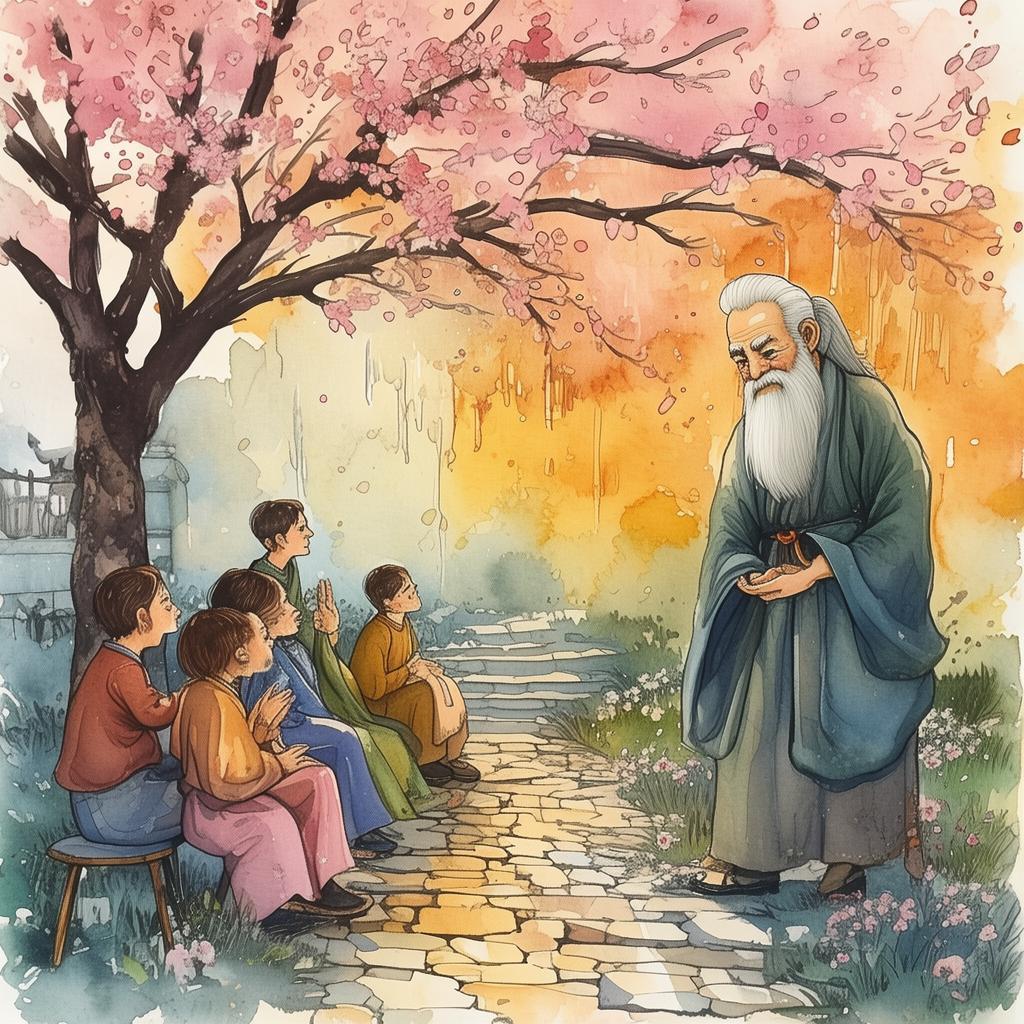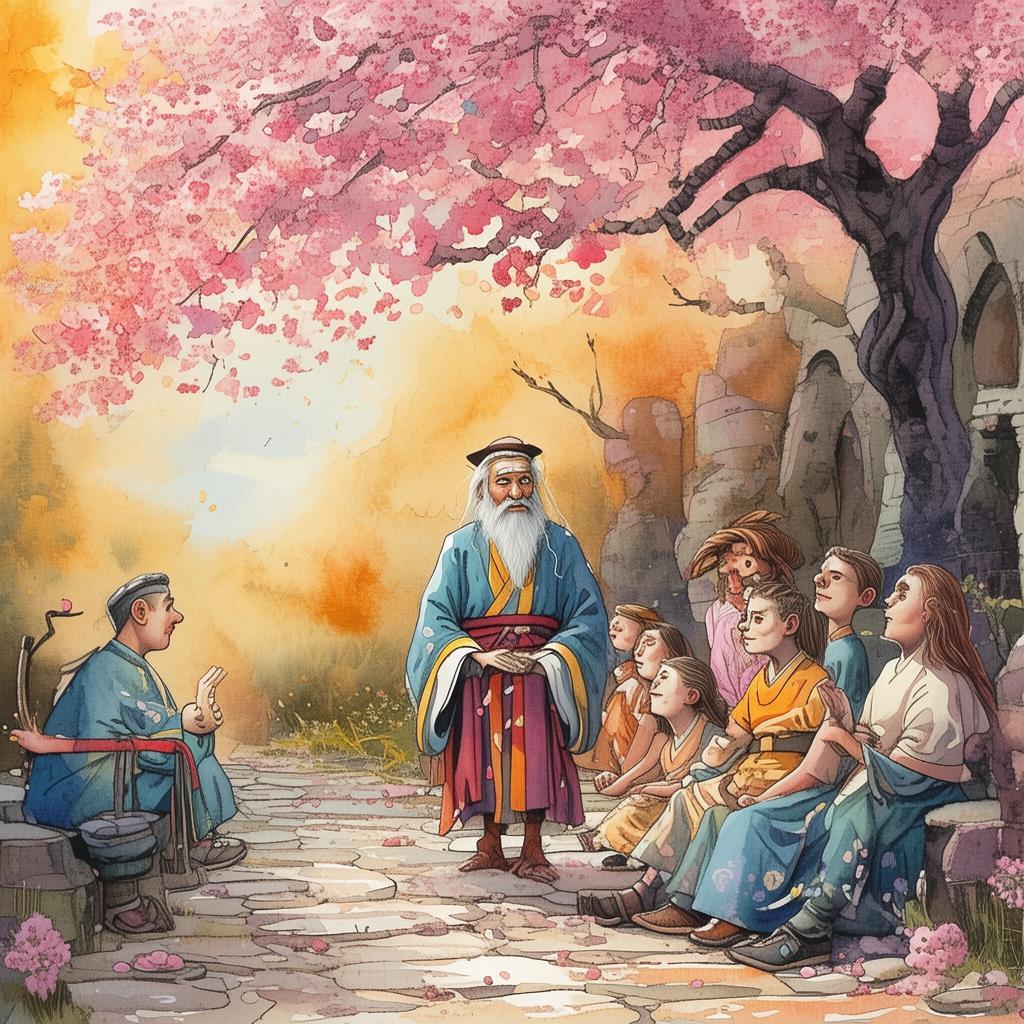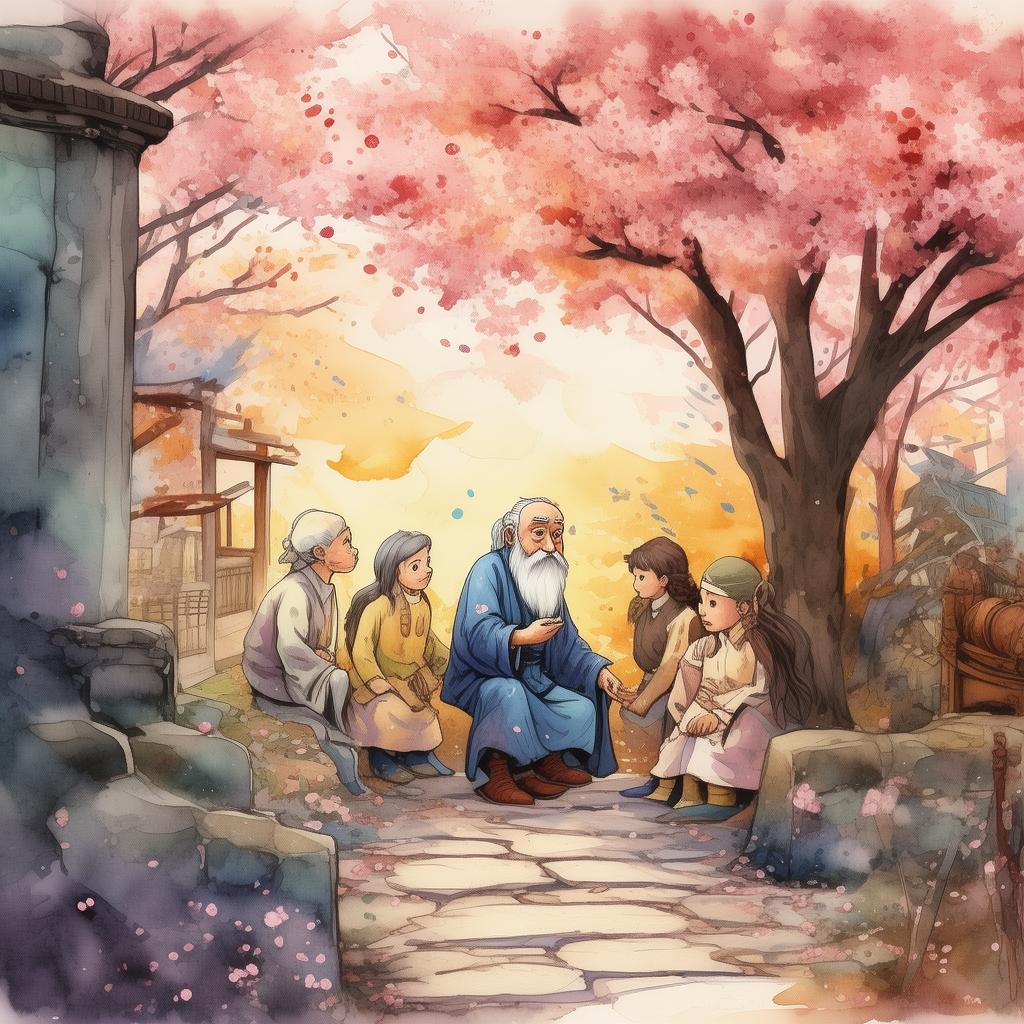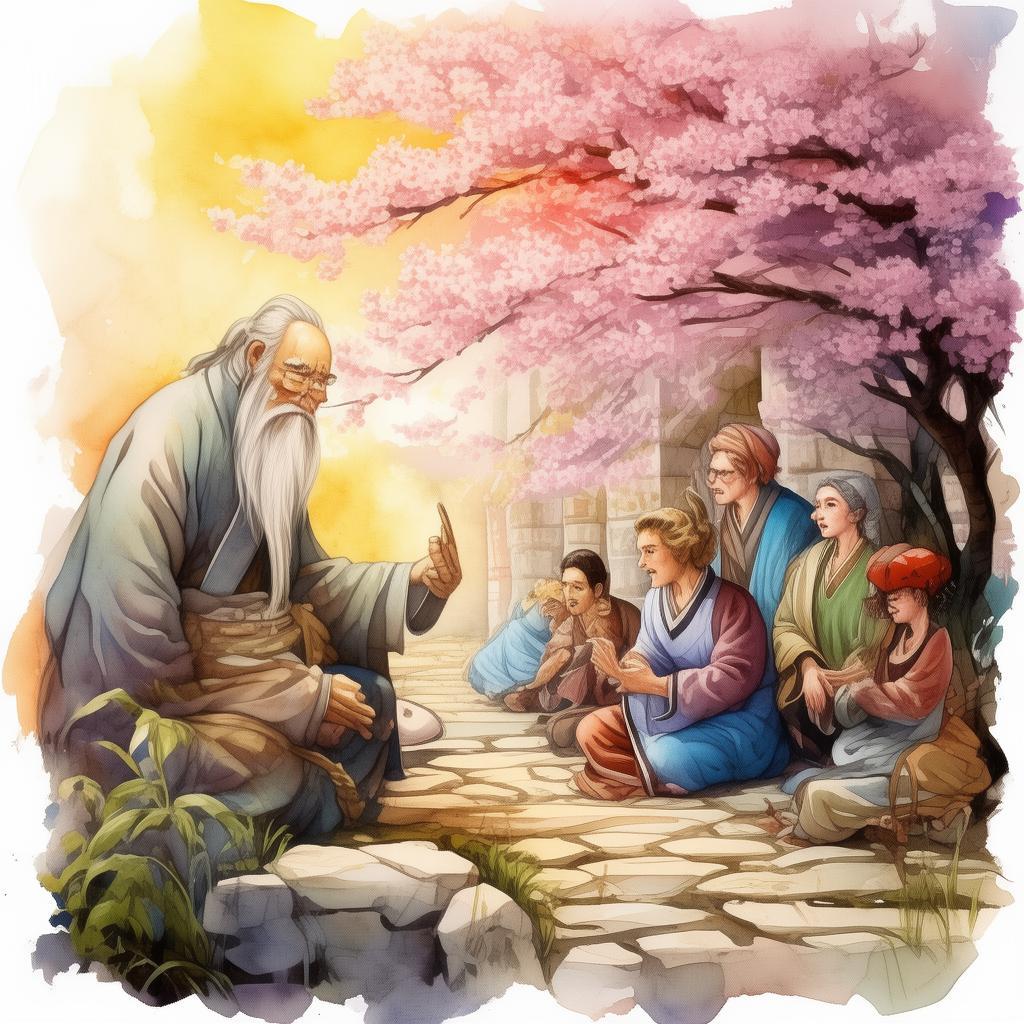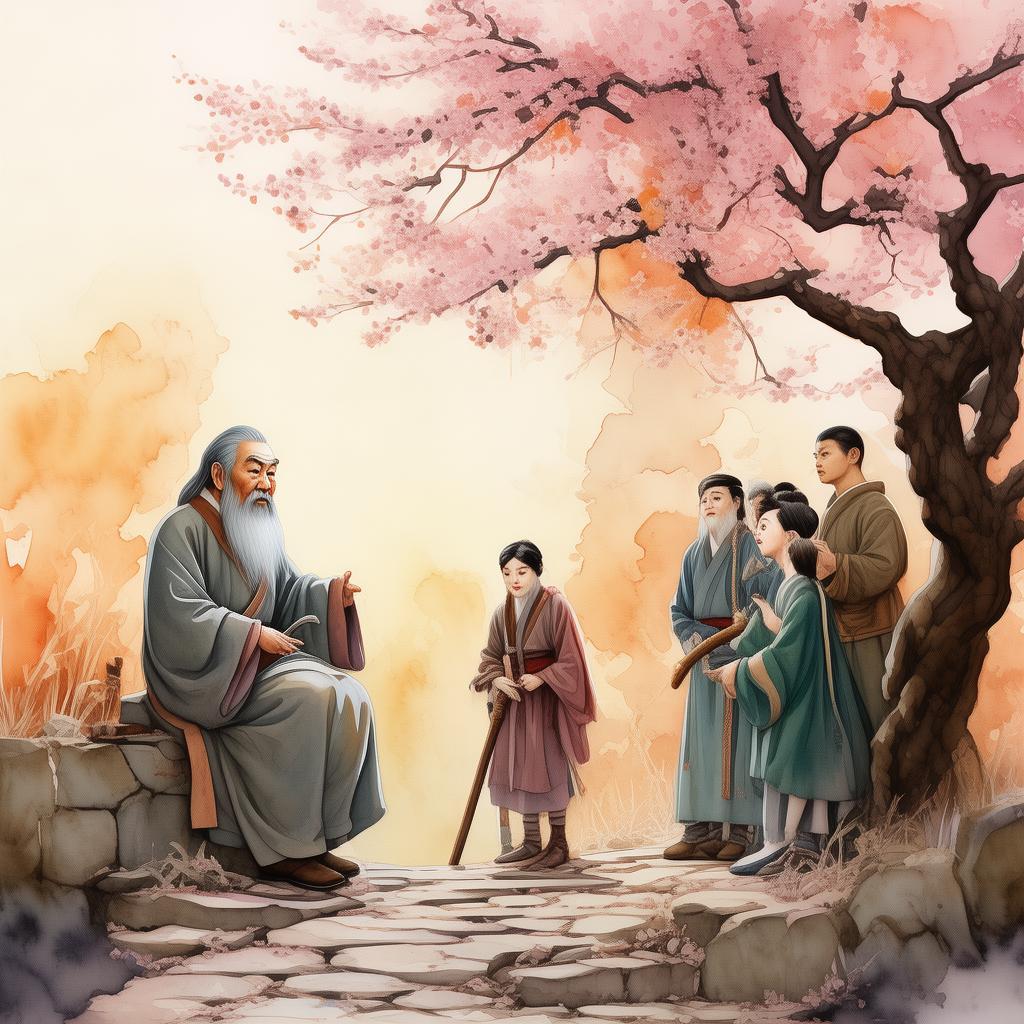Whispers of the Southern Abyss: A Mystic's Quest for Enlightenment
In the serene yet enigmatic region of the South, where the whispers of the ancient and the echoes of the forgotten intertwine, there lived a Northern Mystic known as Tang. His journey was not one of conquest, but of enlightenment—a quest to understand the mysteries that lay hidden beneath the surface of the world.
Tang had heard tales of the Southern Abyss, a place where the heart of darkness was said to reside. It was a place where the light of reason was dimmed, and the shadows of the unknown clung to the very essence of existence. Driven by a desire to comprehend the mysteries of the universe, Tang decided to embark on a perilous journey into the heart of the Southern Abyss.
The journey began in a quaint village nestled between rolling hills and dense forests. The villagers spoke of the mystic's quest with a mix of awe and skepticism. Some believed that Tang's journey was a fool's errand, while others saw it as a testament to the human spirit's unyielding pursuit of knowledge.
As Tang ventured deeper into the South, the landscape transformed. The rolling hills gave way to towering mountains, and the dense forests became a labyrinth of twisted trees and thorny underbrush. The air grew thick with humidity, and the scent of damp earth and decaying foliage filled his nostrils.
Tang's first encounter with the heart of darkness came in the form of an ancient temple hidden deep within the mountains. The temple was said to be the resting place of an ancient sage who had once sought enlightenment in the same manner as Tang. As he approached the temple, the air grew heavy with an otherworldly presence.
Inside the temple, Tang found himself in a vast chamber adorned with intricate carvings of mythical creatures and symbols that defied explanation. In the center of the chamber stood a pedestal, upon which rested an ancient scroll. As he unrolled the scroll, the words began to glow, revealing a series of cryptic instructions that would guide him through his journey.
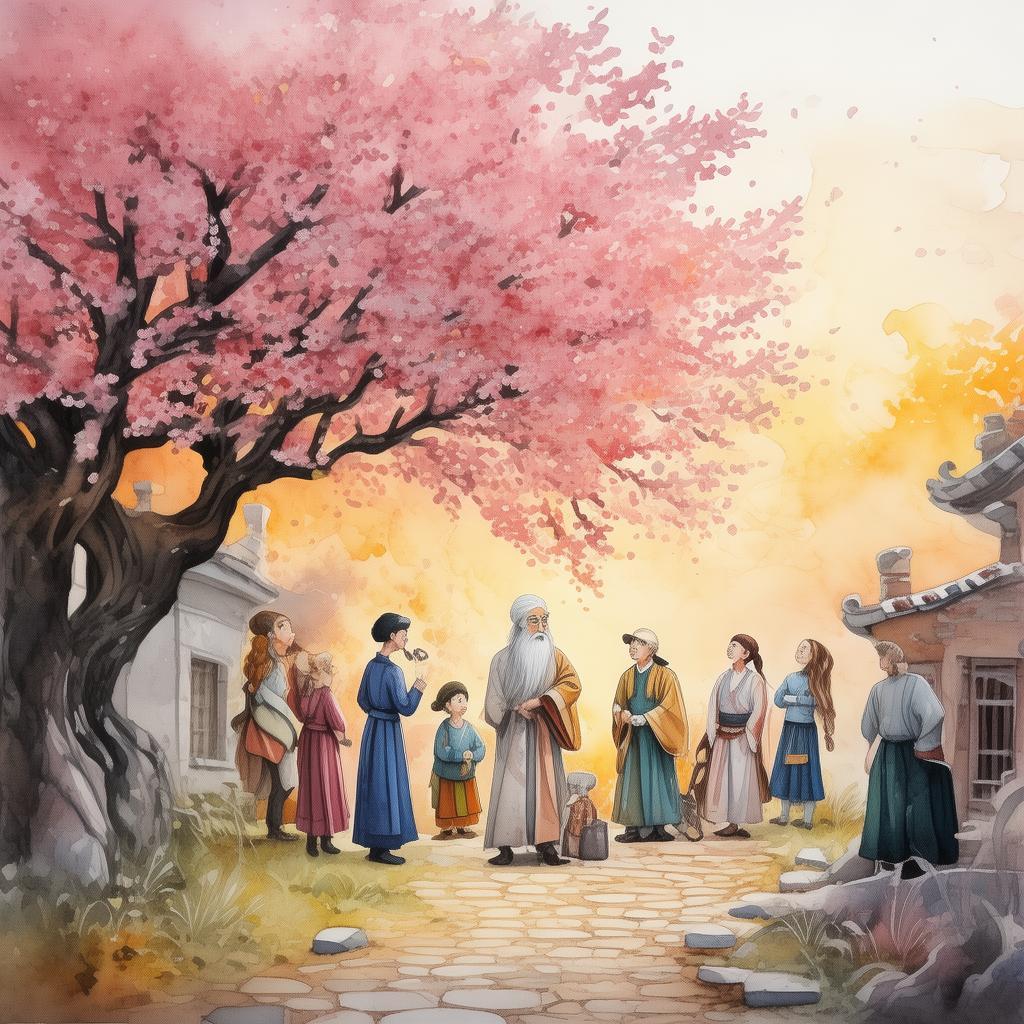
The first trial was a test of his resolve. He was confronted with a choice: to take the easy path or the difficult one. The easy path would lead him to enlightenment quickly, but it would come at a great cost. The difficult path would be fraught with challenges and obstacles, but it would allow him to truly understand the nature of enlightenment.
Tang chose the difficult path, knowing that true enlightenment could not be achieved without facing the trials of the heart. As he ventured deeper into the South, he encountered more trials, each designed to test his character and his resolve.
One trial required him to confront his deepest fears. In a darkened chamber, he saw the faces of his past regrets and mistakes. He was forced to confront the pain and suffering he had caused others, and in doing so, he learned the importance of forgiveness and compassion.
Another trial presented him with a moral dilemma. He was given the power to control the lives of others, but at the cost of his own. He had to choose between saving the lives of countless souls or preserving his own. In this moment, he realized that true power lies not in the ability to control others, but in the ability to empower them to make their own choices.
As Tang continued his journey, he encountered other mystics who had also sought enlightenment in the South. Some had succeeded, while others had failed. From their experiences, he learned that enlightenment was not a destination but a continuous process of self-discovery and growth.
Finally, Tang reached the heart of the Southern Abyss—a cavernous chamber where the light of the world was dimmed to a faint glow. In the center of the chamber stood a statue of the ancient sage, his eyes closed in eternal meditation. As Tang approached the statue, he felt a surge of energy course through his body, and he knew that he had reached the pinnacle of his journey.
With a deep breath, Tang opened his eyes and saw the world in a new light. He understood that enlightenment was not about acquiring knowledge, but about understanding the interconnectedness of all things. He realized that the heart of darkness was not a place to be feared, but a place to be embraced—a place where the true essence of existence could be found.
As Tang left the Southern Abyss, he carried with him the wisdom he had gained. He returned to the North, not as a conqueror, but as a teacher, sharing the lessons he had learned with those who sought enlightenment. And so, the Northern Mystic's journey into the heart of darkness became a legend—a tale of courage, self-discovery, and the eternal quest for enlightenment.
✨ Original Statement ✨
All articles published on this website (including but not limited to text, images, videos, and other content) are original or authorized for reposting and are protected by relevant laws. Without the explicit written permission of this website, no individual or organization may copy, modify, repost, or use the content for commercial purposes.
If you need to quote or cooperate, please contact this site for authorization. We reserve the right to pursue legal responsibility for any unauthorized use.
Hereby declared.

